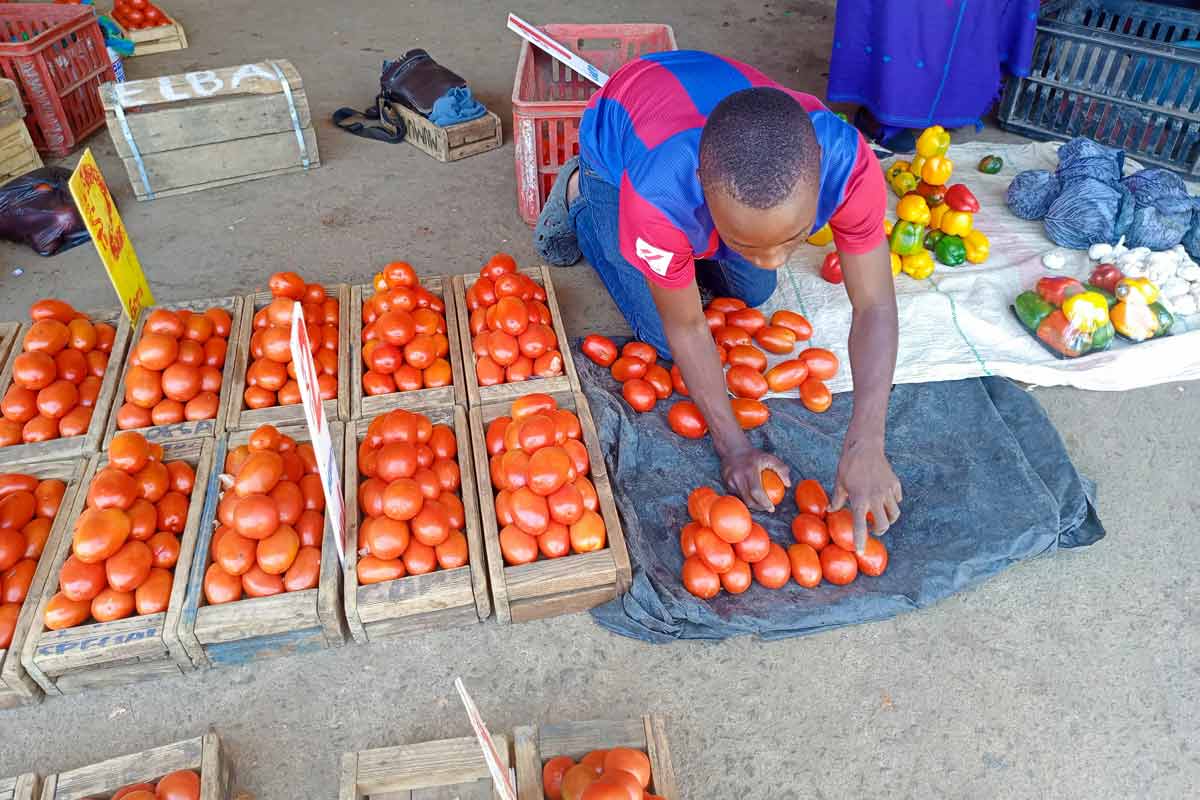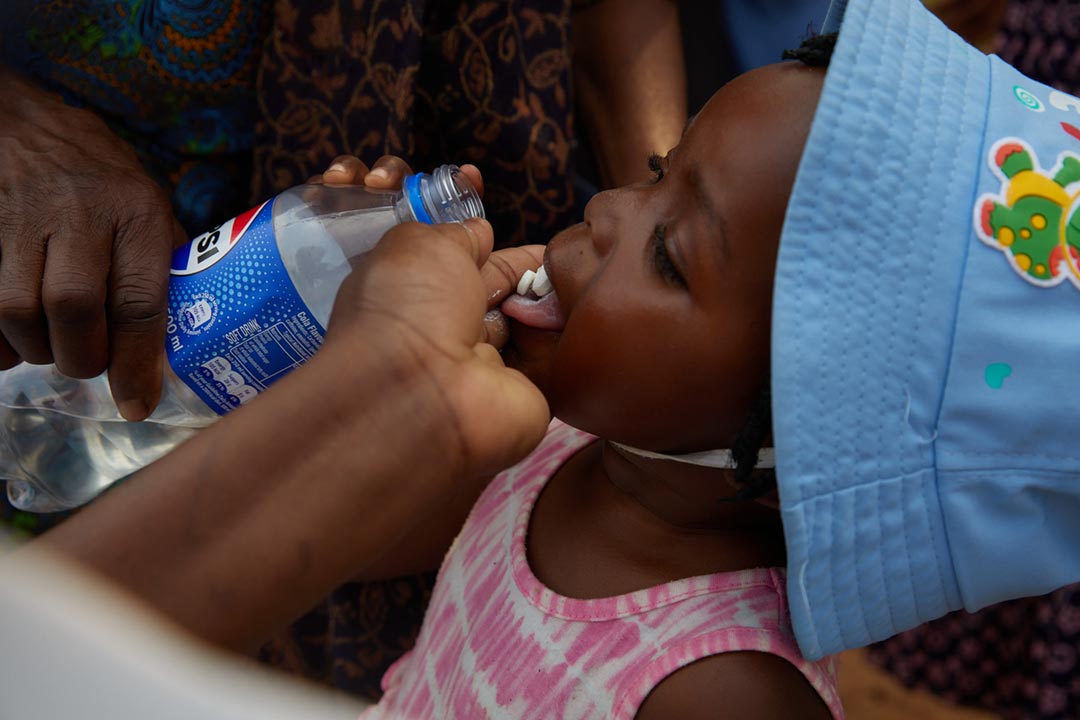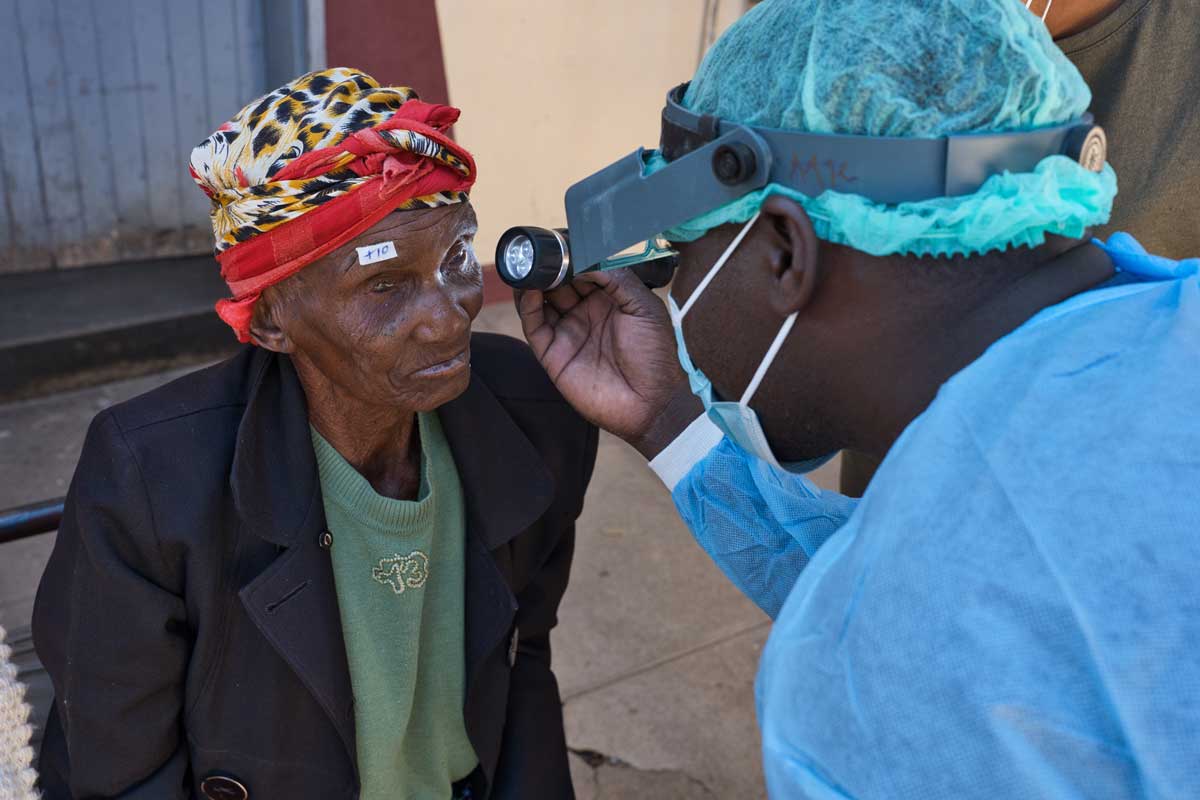Zimbabwe’s battle to control a skin-burrowing worm faces a new challenge: climate change
Bilharzia, a parasitic worm that uses snails as a vector, is endemic to Zimbabwe, and could get more difficult to manage as weather patterns and temperatures shift, experts say.
- 3 January 2024
- 6 min read
- by Derick Matsengarwodzi
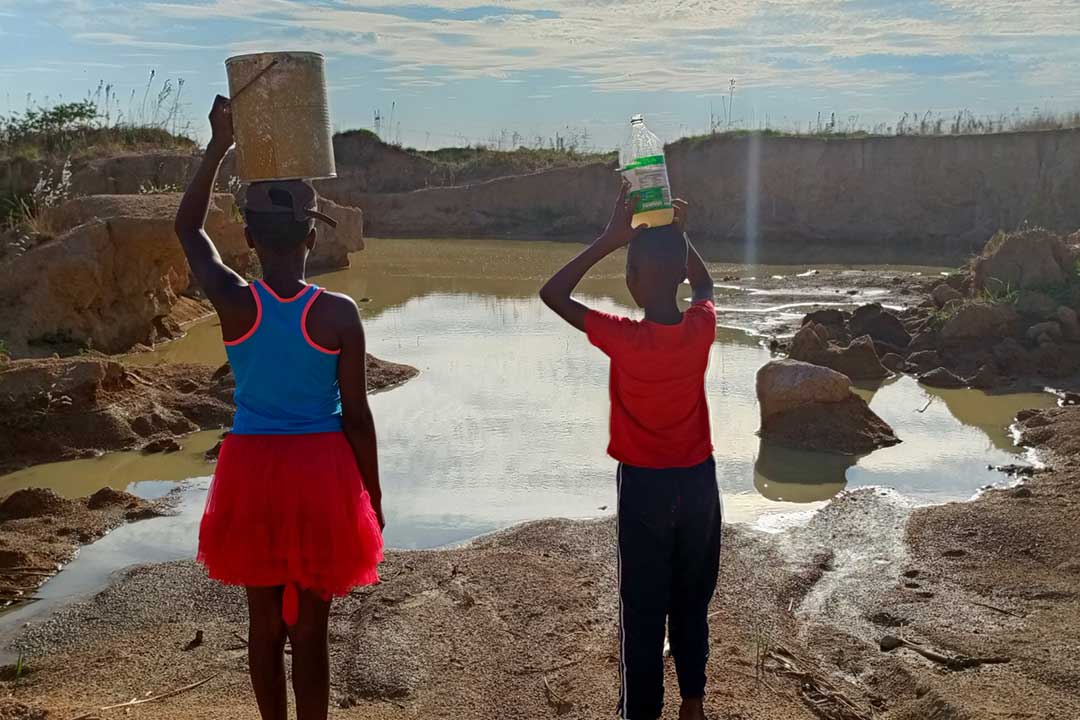
The cracking sound of whips, mingled with the din of barking dogs, yelling livestock herders, and bellowing bulls signals a new day in Marange. The village, a little over 250km from Harare, Zimbabwe's capital, receives little rainfall, and the land is barely productive enough to comfortably sustain human lives, so livestock often go hungry.
While elders work the fields, the herding is assigned to younger boys. By 09:00, when the young herders leave for the grazing plains, the temperatures are sweltering – the vast majority of Marange's residents say summers here have gotten hotter, and droughts have gotten more prevalent in the last ten to fifteen years.
"Children play in dirty, infected waters, some might refuse to take the medicine, and we insist on them taking the medication at the clinic. We also encounter religious sects who refuse medication."
– Lucy Mwatamisa, nurse in Marange
Tending to livestock when pasture is scarce is a tedious task. But for Tafadzwa, aged 12, who comes from the city and visits the village on school holidays, it was an outing with friends, and a chance to plunge into the river and cool off – his parents' warnings about the risks of swimming ignored.
Dangerous waters
Home again after the holidays, Tafadzwa began to complain of stomach pain and headaches. Soon he started passing bloody urine. His parents were worried. A visit to the clinic exposed his secret holiday escapades. "On my first visit to the clinic, they told me it was bilharzia, and it was caused by swimming in dirty water," Tafadzwa said. "The interrogation revealed that I was playing in the river, against my parents' warning not to do so, since it put my life at risk."
Bilharzia, or schistosomiasis, is one of the neglected tropical diseases (NTDs) that Zimbabwe is fighting to contain, and is one of the top ten reasons for hospital admissions in the country. Freshwater snails act as a vector for the parasitic disease, which is caused by trematode flatworms that release larvae. Those larvae can penetrate the skin, so people get infected when they get into contact with the water.
Intestinal bilharzia can result in abdominal pain, diarrhoea, and blood in the stool. Urogenital bilharzia usually manifests in bloody urine, but in advanced disease, painful complications can develop.
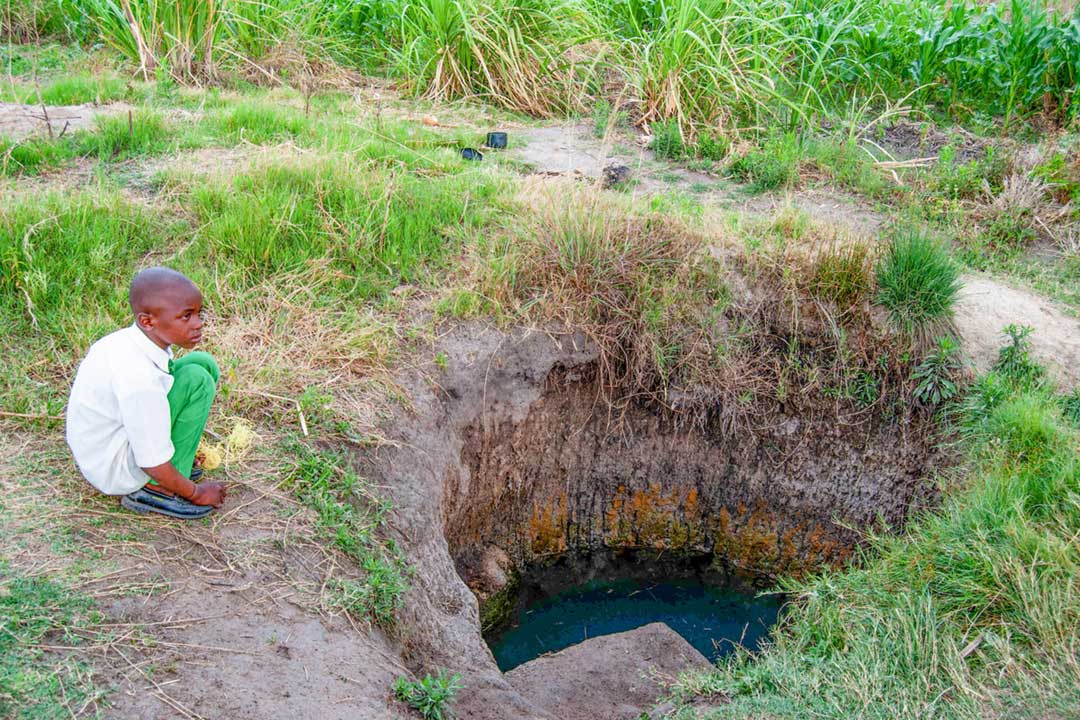
Credit: Emma Zihonye
Delays in treatment, according to Leonard Maisiri, a nurse in Kotwa, Mudzi District, can result in serious health complications. "In severe cases, bilharzia can result in bladder cancers, and in women it can affect the uterus, and [cause] pain during sexual intercourse, a condition called female genital schistosomiasis. It can also cause anaemia because of bleeding, and may result in delayed child development."
Deaths are hard to track, because they occur via "hidden pathologies" – liver failure, bladder cancer or ectopic pregnancy, for instance – and WHO suggests that its official estimate of 11,792 mortalities a year is likely low.
Lucy Mwatamisa, a nurse in Marange, said attending to boys of Tafadzwa's age with bilharzia symptoms has become increasingly regular. "At our clinic, we normally attend to three to five bilharzia cases of boys aged from 5 to 17 years per week, who are still in school. It is very rare to have bilharzia cases of adults or girls."
Beating back bilharzia
In recent years, mass drug administration, such as the free treatment campaigns for 300,000 pupils in 2020, and 1.8 million children in 2022, helped to reduce the disease burden. They've been effective: between 2010 and 2018, Zimbabwe's bilharzia prevalence is understood to have fallen from 23% to 5%.
Have you read?
"The bilharzia burden fell in 2018, as per the impact assessment carried out. It showed that there had been a decline of the burden between the first mapping in 2010 and the date of the first impact assessment in 2018 following six rounds of mass drug administration with praziquantel," said Dr Anderson Chimusoro, Cluster Lead for Communicable and Non-Communicable Diseases at WHO Zimbabwe.
"Even though the general trend was a decline in the burden, there were a few areas which either showed no decline, as well as other areas which showed a rise in burden, particularly those which had not received mass drug administration," revealed Dr Chimusoro.
This year, a bilharzia-control project run jointly by Zimbabwean national health bodies and China's National Institute of Parasitic Diseases was launched in Shamva District, which has the highest prevalence of bilharzia in the country. "This is a pilot stage or study that we have conducted and launched to be able to assess the various tools that will be used for the control of the vector snails or intermediate host snails that are responsible for the transmission of bilharzia," said Professor Nicholas Midzi, of Zimbabwe's National Institute of Health Research (NIHR), during the launch.
To mitigate the spread of the disease, nurses Maisiri and Mwatamisa say they use the opportunity presented by routine vaccination campaigns to raise awareness of the risks of bilharzia. "When we go out for vaccination campaigns, we offer health education to young children, telling them not to play or swim in dirty water bodies, where they can get infected with bilharzia. We also encourage them not to defecate and urinate in open water sources to reduce the spread of bilharzia."
Mwatamisa, however, said despite their efforts, health personnel still encounter some problems. "The main problem is negligence. Children play in dirty, infected waters, some might refuse to take the medicine, and we insist on them taking the medication at the clinic. We also encounter religious sects who refuse medication."
Cloudy forecast
Climate change, resulting in altered rainfall patterns, warmer weather and increased incidence of extreme climatic events like droughts, may increase the risk of bilharzia in the country. Up to a point, warming temperatures may facilitate increased survival and reproductive rates for snails, while flooding can spell expanded habitats for the creatures. During droughts and heat waves, people congregate at fewer, and often more contaminated, water sources. WHO says one hotspot, Mt Darwin, a low-lying area, has recently recorded 50 cases per month.
But Dr Chimusoro explained that the suspected link between climate change and bilharzia rates moves in both directions. "We suspect a good linkage between bilharzia cases and climate change in the following: positively, in the reduction of bilharzia in certain areas which have become drier, and hence snails have shorter survival and humans are not in contact with infected snails. Negatively in that, former cooler areas which are not conducive for the survival of snails and the parasite getting warmer, and with sufficient water, snails and infected individuals start reporting higher infection rates."
In Marange, on the sharp end of global climate change, nurse Mwatamisa sees how the rising heat, the reduced rainfall, and the disease are linking up. "Our area is very hot and we experience water shortages, and there is pressure on water sources, which are usually contaminated, and they get infected," she said.
Maisiri, meanwhile, points out that the opposite disaster would be little better. "Bilharzia is a waterborne disease, and if there are floods it can cause the disease to spread, and whoever comes into contact with the water is at risk."
More from Derick Matsengarwodzi
Recommended for you





